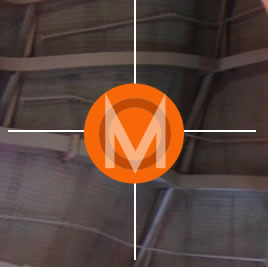INTRO | 1. Equipment and Materials | 2. Fabric Preparation | 3. Making a Dye Paste | 4. Making a Silkscreen | 5. Making a Stencil | 6. Printing | 7. Setting the Dye | 8. Finishing Up | Resources
This topic is written based on a workshop by Tasha Griffith.
I’ve always been wanting to learn about silkscreen printing. But the variety of processes I saw always seemed complicated, and they used toxic and unsustainable inks.
Two years ago, I took a workshop at the annual Flagstaff Wool + Fiber Festival with Tasha Griffith in printing on fabric with botanical inks. I’ve see several other printing techniques using botanical dyes, but Tasha’s workflow, technique, and instructions have been my favorite because they are simple and they work! I’ve been grateful to Tasha ever since. Much of the text on these pages is based on her workshop handout. If you’d like to contact Tasha click here to see her website.
Tasha mentioned to me that
… you can share my recipes and notes with them, as long as they have the same understanding that if they want to share my ideas more widely, they will ask me first. Also, please credit Catharine Ellis and her book The Art and Science of Natural Dyes. Catharine is the one who taught me to use the dye paste with vinegar and alum included, and that book is a great resource for those recipes and more. You might also mention to the students that it is totally possible to prepare the fabric with a mordant and then print with a paste of only concentrated dye and thickener. After more experiments, I’m coming back to preferring that method in my own work, especially if I want a background color, which I often do.”
If you wish to see the password-protected pages, please email me.
INTRO | 1. Equipment and Materials | 2. Fabric Preparation | 3. Making a Dye Paste | 4. Making a Silkscreen | 5. Making a Stencil | 6. Printing | 7. Setting the Dye | 8. Finishing Up | Resources
